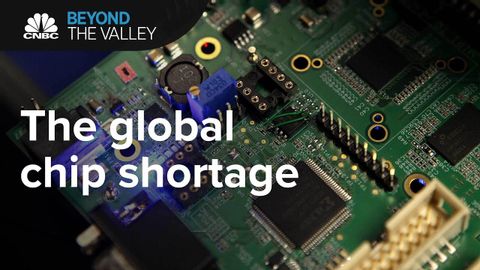世界的なチップ不足は、おそらくあなたの日常生活にも影響を及ぼすだろう|CNBC Beyond The Valley (The global chip shortage will probably hit your everyday life | CNBC Beyond The Valley)
Summer が 2021 年 10 月 08 日 に投稿  この条件に一致する単語はありません
この条件に一致する単語はありませんUS /pɚˈspɛktɪv/
・
UK /pə'spektɪv/
US /ˈɛpɪˌsod/
・
UK /'epɪsəʊd/
US /ɪˈvɛntʃuəli/
・
UK /ɪˈventʃuəli/
エネルギーを使用
すべての単語を解除
発音・解説・フィルター機能を解除
